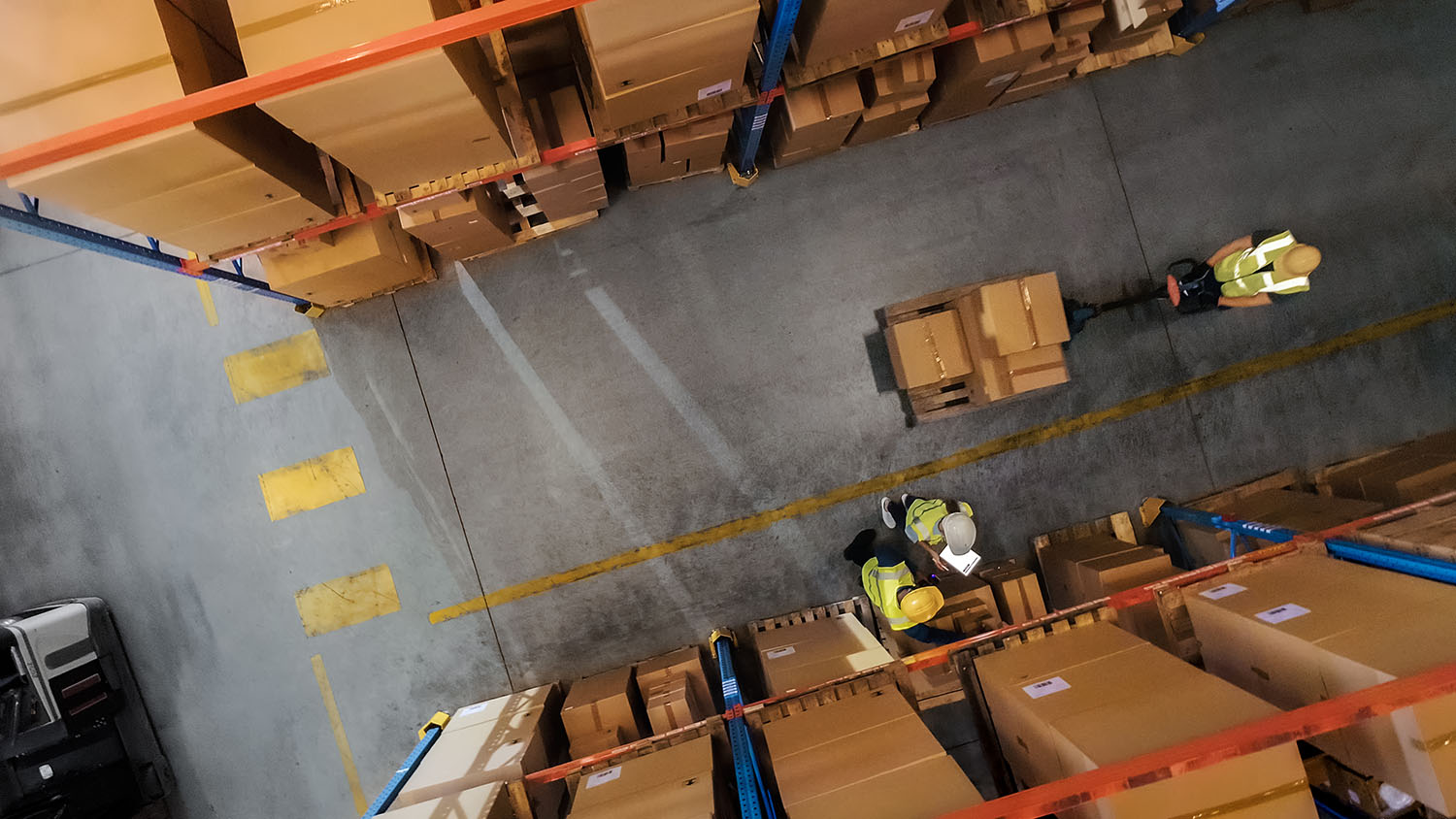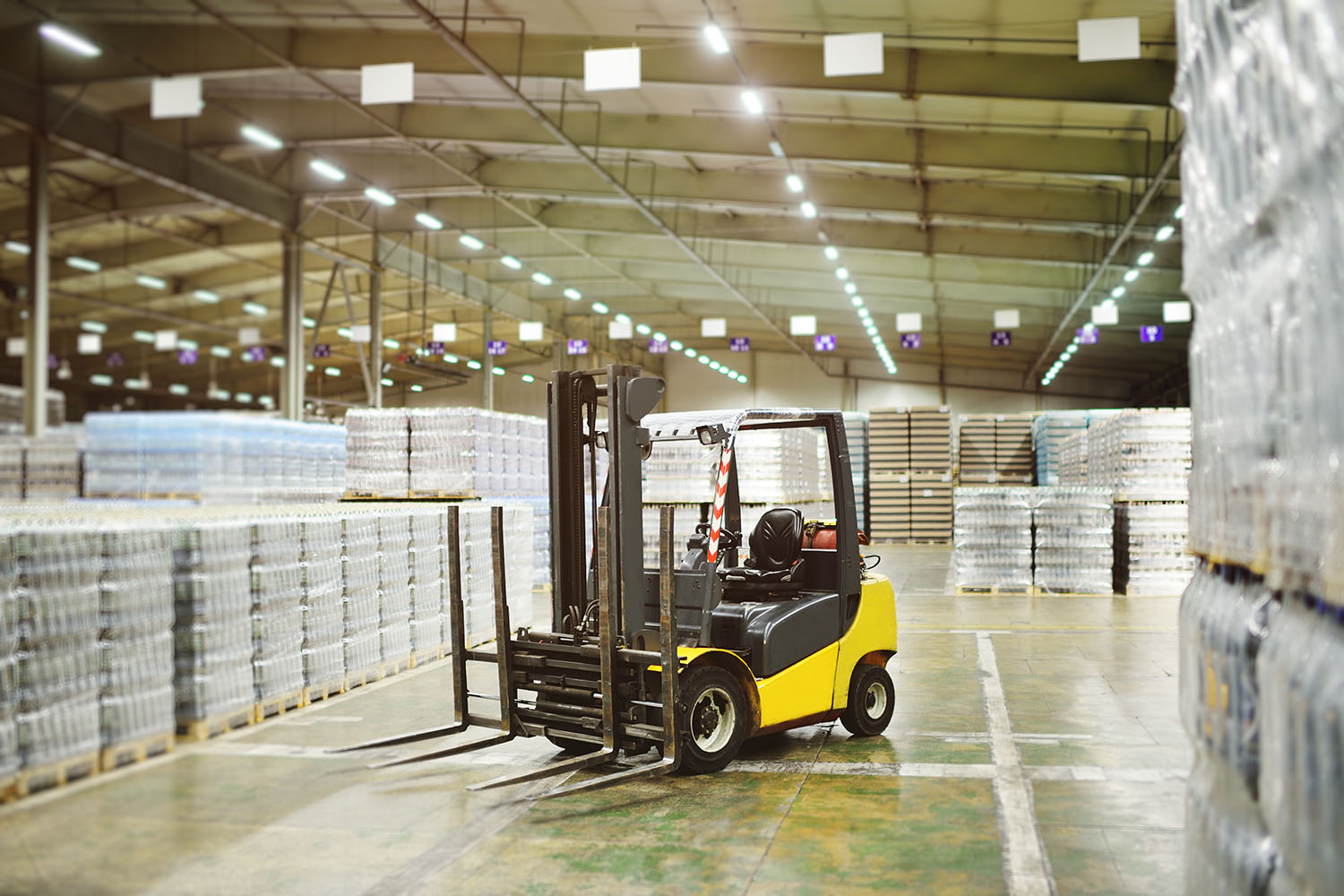A recent study discovered that 32% of delays in order fulfilment and distribution were due to inefficient warehouse replenishment.
Warehouse replenishment is critical to keeping operations running smoothly and maintaining adequate stock levels.
Customers are constantly demanding faster deliveries, and if you want to excel in this industry as a warehouse manager, 3PL provider, or supply chain professional, you need to optimize replenishment. This post will show you how.
What Is Warehouse Replenishment?
Warehouse replenishment is crucial in two ways.
First is internal warehouse replenishment: making sure goods are moved within the warehouse to the spots that allow you to fulfill orders fastest.
Second is external warehouse replenishment: keeping your warehouse restocked with the goods you regularly order from others.
For example, if you use Amazon as a vendor for the skincare products you supply, placing an order for those products even though you’re not completely out of stock is called warehouse replenishment. This way, you have a steady supply of products for your customers, and they can always rely on you for that service.
Why Warehouse Replenishment Matters?
Warehouse replenishment is important for several reasons such as:
- Improved warehouse efficiency
An efficient warehouse is mainly dependent on how smoothly goods flow in and out of your systems. When stock replenishment is well-managed, you never run out of stock and can even make express deliveries.
- Better customer service
A direct benefit of proper warehouse replenishment methods is the ability to meet demand at all times. The supply chain industry is very fast-paced, and warehouse replenishment ensures products are always available for delivery, enhancing customer satisfaction.
- Sustainability
Warehouse replenishment significantly reduces overstocking, which can tie up a company’s resources. By only ordering what is needed, 3PL providers can reduce waste, manage resources, and improve environmental sustainability.
- Accurate stock levels
With warehouse replenishment, you can maintain adequate stock levels and have just enough products to manage your daily, weekly, or even monthly order needs without overstocking. Proper stock replenishment hinges on accurate demand forecasts, which are dependent on stellar warehouse management systems like Da Vinci.
Types of Warehouse Replenishment
There are many types of warehouse replenishment methods. It is important to pick the method that best aligns with your company’s needs and workflows:
Minimum/Maximum inventory replenishment
This involves the WMS triggering restocking when a product reaches a preset minimum level and only stopping when it reaches the maximum. This method is best for products that have a consistent demand pattern and adhere to it. Industries that are most likely to adopt this model are pharmacies, grocery stores, manufacturing and production stores, and electronic stores.
Demand inventory replenishment
Demand inventory replenishment, used in warehouses with limited space and picking locations, involves restocking products each time an order is pending. The goal: to carry just enough to fulfill that order and avoid overstocking. This method is best for retailers that restock based on seasonal trends and can adjust their inventory based on small-scale customer demand.
Top-off inventory replenishment
The top-off inventory replenishment model is a strategy where stock levels are replenished before they run low. Instead of waiting for inventory to hit a minimum threshold, workers using this model proactively refill picking locations during periods of low activity. This inventory replenishment model works similarly to the minimum/maximum replenishment model. It is ideal when large waves of demand are expected and can be effective when picking operations are less active. A warehouse management system like Da Vinci that notifies you of variations in picking volume can provide the necessary data for warehouse managers or 3PL providers to apply this model.
Periodic inventory replenishment
This model involves only checking inventory levels at intervals, rather than constantly, to see what needs restocking. At each interval check, stocks below the minimum threshold are restocked; otherwise, they are skipped to the next review point. This model is perfect for businesses with larger storage spaces and longer lead times.
Challenges in Warehouse Replenishment
This process comes with a unique set of challenges that managers must handle.
Limited space
If you operate a business that supplies at least 10,000 products, your warehouses might need to adopt the demand replenishment model. But this has risk, because you are totally reliant on your vendors’ ability to meet the erratic demands.
Lack of Inventory visibility
Many retailers lack the right tools to keep track of their inventory, leading to overstocking or stockouts. This can be even more problematic for retailers with a large number of SKUs. Without the proper tools, you can run out of products without knowing, harming customer experience and sales.
Managing stockouts
Stockouts can also happen due to poor vendor performance, unexpected spikes in demand, or supply chain disruptions, and are never good for business.
Best Practices for Efficient Warehouse Replenishment
Here are the best practices to follow to ensure a seamless warehouse replenishment process.
Configure WMS with triggers for re-ordering
One feature that warehouse managers, supply chain professionals, and 3PL providers should take advantage of: A WMS like Da Vinci can provide automated triggers whenever your stock levels are at their minimum. This way, you have less chance of running out of stock even when sales volumes are high.
Have an emergency replenishment plan
When pickers discover an item is out of stock during the picking process, for example, the plan can be to flag that order for special handling and move it to a dedicated resolution area where staff can either locate the missing items or expedite a restock.
Replenish after receiving fast-moving inventory.
If a product is a best seller and in season, it is wise to replenish it right after receiving your first batch of inventory. This will prepare you for upcoming orders and reduce the risk of restocking products that may end up aging on the shelves.
Enhance picking accuracy with automation.
Automation reduces the possibility of errors through RFID sensors and robotics. A sensor can ensure you don’t pack an order twice during the picking process, thereby reducing replenishment errors in the future. Also, with automation accuracy, WMS can generate reliable signals based on accurate data and influence replenishment plans.
Monitor and measure your vendor’s performance.
The time and effort your company spends in improving the warehouse replenishment process can be frustrated by your vendor’s performance. If they don’t deliver on time, you can lose a lot of money. Monitoring your vendor’s performance can determine the success of your business and impact your customer experience.
Optimize warehouse space.
Optimizing your warehouse layout can make the replenishment process more seamless. Store the fast-moving products in areas that are easily accessible to pickers (maybe near the packing area). You should also store similar products in the same area to reduce the distance workers need to travel to pick and restock.
Optimize Warehouse Replenishment with Da Vinci WMS
Efficient warehouse replenishment can be the difference between the success and failure of your business.
Implementing the best strategies outlined above can be made easier by using Da Vinci. This warehouse management system provides real-time inventory visibility and automates replenishment processes to ensure a smooth flow of operations.
With these tools, warehouse managers, 3PL providers, and supply chain professionals can address replenishment challenges and optimize customer satisfaction. Request a demo to try it today.



